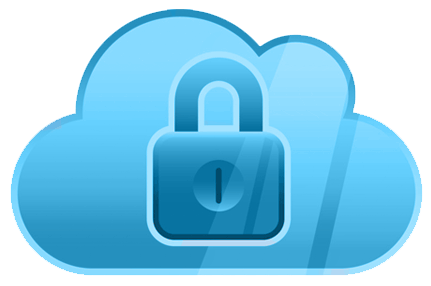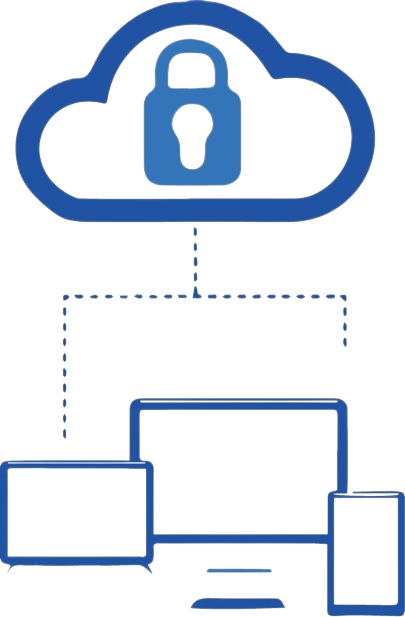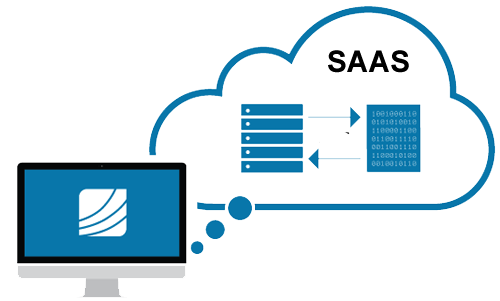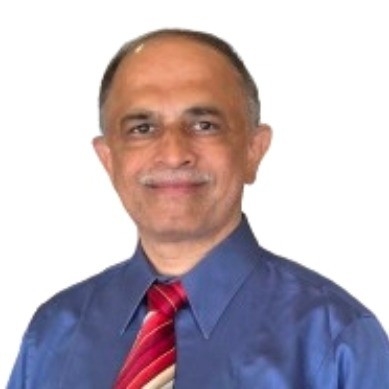Cloud Application VAPT
In an era where cloud technology has become the backbone of digital transformation, safeguarding sensitive data and ensuring the integrity of cloud-based systems has never been more critical. To underscore the importance of Cloud Vulnerability Assessment and Penetration Testing (VAPT), we turn to a compelling array of statistics, both global and India-specific, that reveal the growing menace of data breaches and security vulnerabilities in the cloud.
Global Cloud Security Statistics
According to a survey conducted by a leading cybersecurity organization, over 60% of companies worldwide have experienced a data breach involving their cloud services within the last year. These breaches have ranged from minor incidents to devastating cyberattacks, and the numbers continue to rise.
Similarly, an independent survey found that 82% of organizations across the globe have witnessed a surge in cloud-related security incidents. These alarming statistics underline the critical need for a proactive approach to secure cloud environments.

With the rapid adoption of cloud services, the attack surface has expanded, making cloud environments more susceptible to cyber threats. A report from the Cloud Security Alliance (CSA) revealed that 73% of organizations surveyed had at least one critical misconfiguration in their cloud environments, increasing the risk of exploitation.
Misconfigurations emerged as a prominent factor contributing to cloud security breaches. According to the "State of DevSecOps" report, misconfigurations were responsible for 68% of the security incidents in cloud environments. These misconfigurations ranged from improperly configured storage buckets to lax access controls.
IAM plays a crucial role in securing cloud resources. However, a study by Symantec found that 65% of surveyed organizations struggled with IAM implementation. Weak or mismanaged access controls can lead to unauthorized access, potentially resulting in data breaches or service disruptions.








